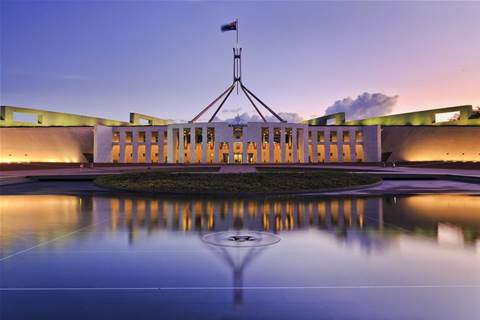The Federal Government has unveiled its economic response to the spread of COVID-19, a $17.6 billion injection designed to shelter the country from the impact of what the World Health Organisation (WHO) is now calling a global pandemic.
From a business perspective, the package is a series of tax breaks and an increase to the instant asset write-off threshold.
The government has set aside $700 million to increase its instant asset write off threshold from $30,000 to $150,000.
In addition, access to the threshold has been increased to include businesses with aggregated annual turnover of less than $500 million. This is up from $50 million and is only available until 30 June 2020.
Businesses will be able to deduct an additional 50 percent of the cost of an asset in the year of purchase. This offer is only available until 30 June 2021.
The tax break is designed to encourage immediate investment from business on goods and services specific to the running of an organisation.
The government has also slated $6.7 billion to boost cash flow for employers by up to $25,000 with a minimum payment of $2000 for eligible small and medium-sized businesses.
Prime Minister Scott Morrison said the payment will provide cash flow support to businesses with a turnover of less than $50 million that employ staff, between 1 January 2020 and 30 June 2020.
This payment will be tax free and the government said it will benefit around 690,000 businesses employing around 7.8 million people.
Businesses will receive payments of 50 percent of Business Activity Statements or Installment Activity Statement from 28 April with refunds to then be paid within 14 days.
Finally, the Prime Minister pledged $1.3 billion to support small businesses and jobs of approximately 120,000 apprentices and trainees.
As a result, eligible employers will be able to apply for a wage subsidy of 50 percent of the apprentice’s or trainee’s wage for up to 9 months from 1 January 2020 to 30 September 2020.
Where a small business is not able to retain an apprentice, the subsidy will be available to a new employer that employs that apprentice.
Morrison said as part of the plan, up to 6.5 million individuals and 3.5 million businesses would be directly supported by the package.
“Our plan will back Australian households with a stimulus payment to boost growth, bolster domestic confidence and consumption, reduce cash flow pressures for businesses and support new investments to lift productivity,” Morrison told a press conference yesterday.
“Australia is not immune to the global coronavirus challenge but we have already taken steps to prepare for this looming international economic crisis.”
In response to the government measures, the Australian Tax Office released a statement committing to be “flexible” in how it will help Australian business.
It listed a series of options to help organisations during the crisis which include deferring by up to four months the payment date of amounts due through the business activity statement (including PAYG instalments), income tax assessments, fringe benefits tax assessments and excise.
The ATO will allow businesses on a quarterly reporting cycle to opt into monthly GST reporting in order to get quicker access to GST refunds.
Businesses are now also cleared to vary Pay As You Go (PAYG) instalment amounts to zero for the April 2020 quarter. Companies which vary PAYG instalments to zero can also claim a refund for any instalments made for the September 2019 and December 2019 quarters.
In addition the ATO is remitting any interest and penalties, incurred on or after 23 January 2020, that have been applied to tax liabilities.
The department also committed to working with affected businesses to help them pay their existing and ongoing tax liabilities by allowing them to enter into low interest payment plans.
The ATO warned employers they will still need to meet their ongoing super guarantee obligations for their employees.




.png&h=142&w=230&c=1&s=1)



.jpg&h=142&w=230&c=1&s=1)




.jpg&w=100&c=1&s=0)










